Dates, the sweet and nutritious fruit of the date palm (Phoenix dactylifera), have been cultivated for thousands of years across the arid and semi-arid regions of the world. Known for their natural sugars, fiber, antioxidants, and cultural significance, dates are consumed globally and have a prominent place in Middle Eastern, North African, and South Asian cuisines.
Among all the nations that cultivate this ancient fruit, one country stands out as the largest date producer in the world—Egypt. This article delves into Egypt’s dominance in date production, the reasons behind its success, global competition, economic impacts, and the challenges and opportunities that lie ahead for the global date industry.
Global Overview of Date Production
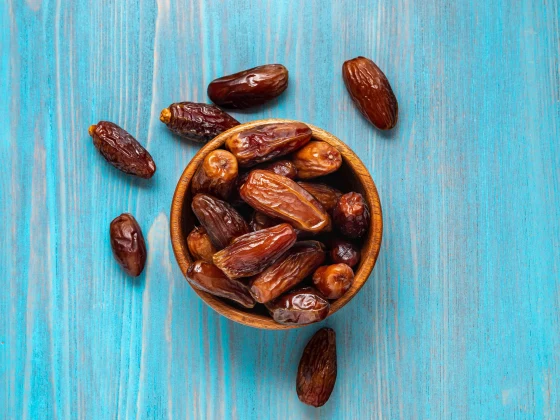
According to data from the Food and Agriculture Organization (FAO) of the United Nations, the top date-producing countries include Egypt, Iran, Saudi Arabia, Algeria, Iraq, Pakistan, and the United Arab Emirates. Together, these countries account for over 90% of global production.
Top Date Producing Countries (Recent FAO Data):
- Egypt – Over 1.7 million metric tons annually
- Iran – Around 1.2 million metric tons
- Saudi Arabia – Over 1.1 million metric tons
- Algeria – Nearly 1 million metric tons
- Iraq – Around 700,000 metric tons
- Pakistan – Approximately 500,000 metric tons
- United Arab Emirates – Over 400,000 metric tons
Despite fierce competition, Egypt consistently ranks first in terms of total quantity produced.
Why Is Egypt the World’s Leading Date Producer?
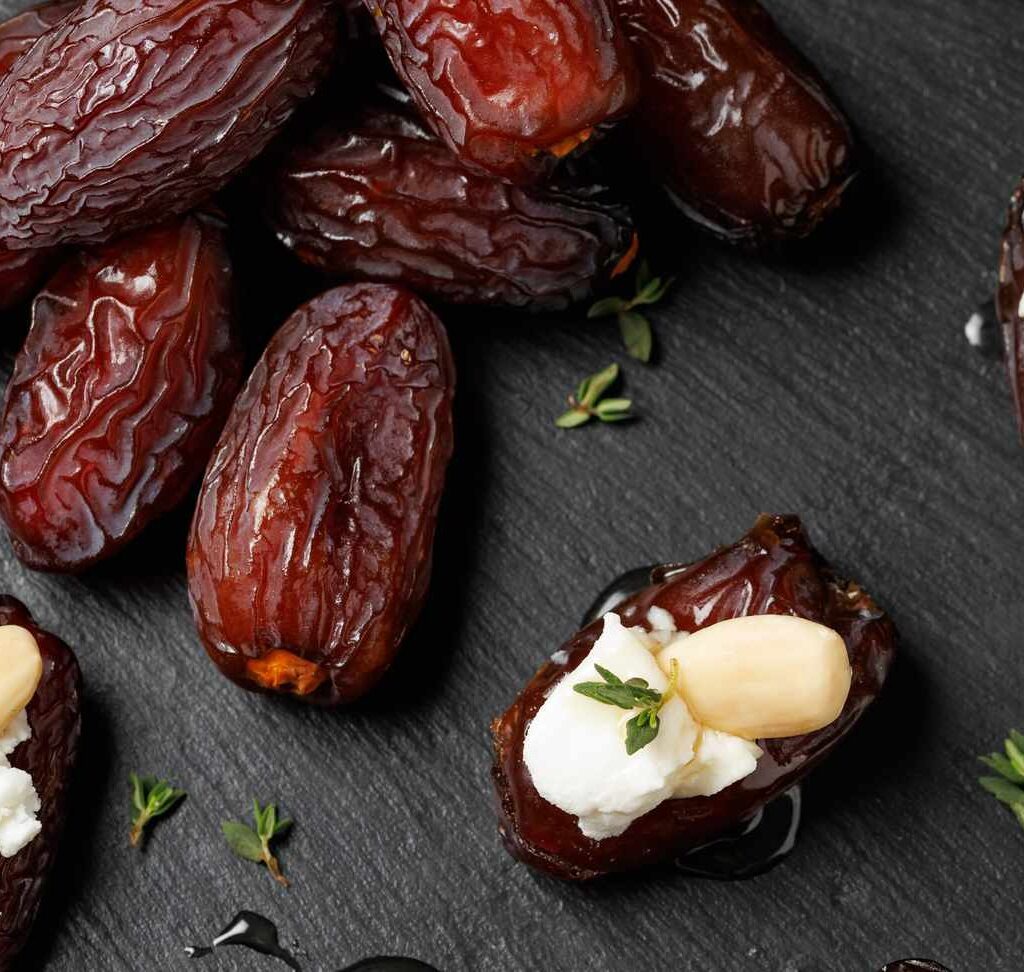
Egypt’s dominance in the date industry is no coincidence. Several interlinked factors contribute to its unmatched position:
1. Ideal Climate Conditions
Egypt has vast arid regions with hot temperatures, low rainfall, and abundant sunlight—perfect conditions for cultivating date palms. The Nile River provides essential irrigation that helps maintain soil fertility and tree productivity.
2. Vast Cultivation Area
Egypt has over 15 million date palm trees, many of which are grown in the Nile Valley and the New Valley governorate. In recent years, the Egyptian government has invested in expanding palm cultivation in reclaimed desert areas.
3. Government Support and Modernization
In recent decades, Egypt has made strategic moves to enhance its agricultural sector. With backing from both local authorities and international development programs, Egypt has adopted modern farming techniques, improved irrigation systems, and expanded post-harvest processing facilities.
4. Diverse Varieties of Dates
Egypt cultivates several types of dates, including:
- Saqai
- Zaghloul
- Samany
- Siwi
These varieties differ in texture, sweetness, and moisture content, catering to a wide range of consumer preferences in both local and global markets.
Economic Importance of Date Production in Egypt
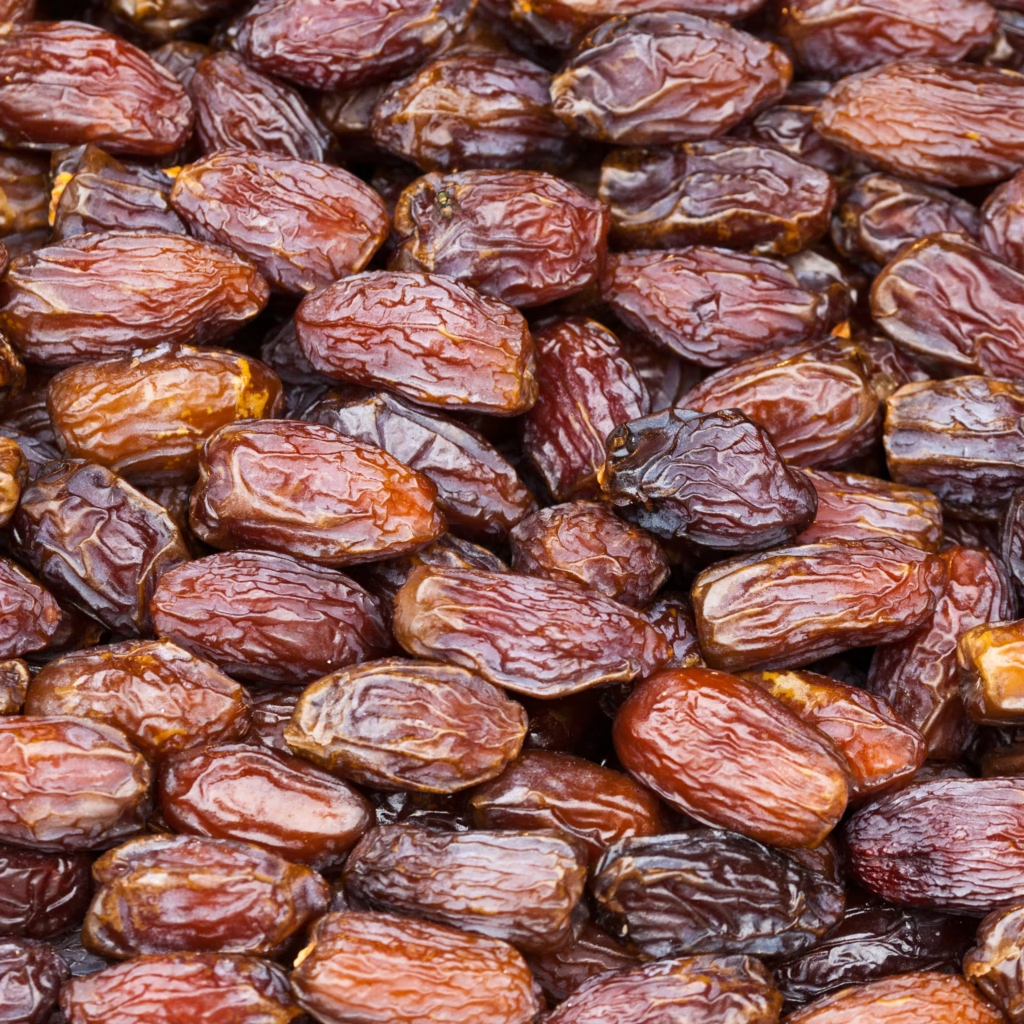
1. Employment Generation
Date farming supports hundreds of thousands of Egyptians—especially in rural areas—through direct farming, harvesting, packaging, and transport.
2. Export Earnings
Although Egypt produces the highest quantity of dates, it exports only about 10-15% of its total harvest. Nevertheless, these exports generate significant foreign exchange, particularly in markets across Europe, Asia, and the Middle East.
3. Food Security and Nutrition
Dates are a staple food in Egypt. Rich in carbohydrates, fiber, and minerals, they provide a quick energy source and form an integral part of Egyptian cuisine and Ramadan meals.
How Does Egypt Compare to Other Major Producers?
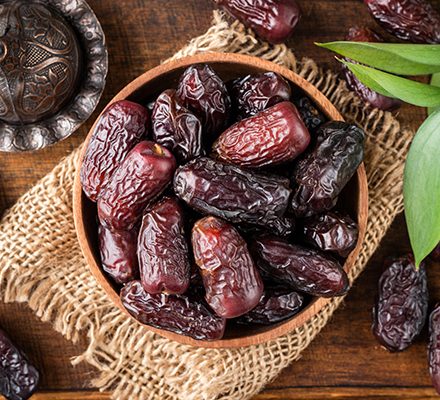
Iran
Once the largest exporter, Iran’s date industry faces sanctions-related trade barriers, aging palm plantations, and increasing competition from other producers.
Saudi Arabia
While it produces over a million tons of dates annually and has world-class facilities, much of its produce is consumed domestically or exported to Gulf Cooperation Council (GCC) countries.
Algeria and Iraq
These countries also boast rich date-growing traditions but face challenges like underdeveloped infrastructure, political instability, and outdated farming methods.
Pakistan and the UAE
Both are strong contenders in date exports, especially to Asia and Europe. Pakistan’s Aseel variety is especially popular in India and Bangladesh, while the UAE’s premium dates like Khalas and Medjool are highly sought after globally.
Challenges Faced by Egypt’s Date Industry
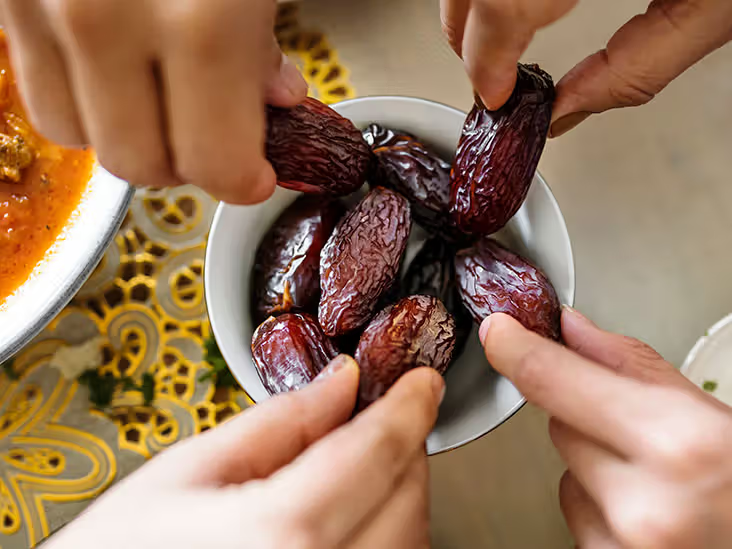
Despite its production leadership, Egypt’s date sector is not without its difficulties:
1. Post-Harvest Losses
Significant quantities of dates are lost due to inadequate storage, poor handling, and lack of refrigeration. Investments in cold storage and packaging are vital.
2. Quality Control and Global Branding
Egypt’s dates are often sold at lower prices due to inconsistent quality and lack of international branding. Competing countries like Saudi Arabia and Israel have invested more heavily in branding their dates (e.g., Medjool dates).
3. Limited Value Addition
Most of Egypt’s exports are raw or semi-processed dates. Developing products like date syrup, date paste, energy bars, and organic-certified dates could open new market segments and improve earnings.
Egypt’s Efforts to Strengthen Its Global Position
Recognizing the strategic value of the date industry, Egypt has initiated several programs:
- The National Date Palm Development Project aims to increase production quality and expand cultivated land.
- Hosting International Date Festivals, such as the Siwa Date Festival, to promote Egyptian varieties.
- Collaboration with the Khalifa International Award for Date Palm to gain technical expertise and enhance market reach.
- Organic Certification Programs to meet EU and North American import standards.
Future Outlook for the Global Date Industry
The global demand for dates is expected to rise due to increasing consumer interest in natural sweeteners, plant-based nutrition, and ethnic foods. Dates are now being marketed as “superfoods,” packed with antioxidants and fiber.
With its robust production base and growing international partnerships, Egypt is well-positioned to meet this rising demand—if it can overcome the bottlenecks of processing, quality assurance, and export marketing.
Conclusion
Egypt is undoubtedly the world’s largest date producer, a title earned through favorable agro-climatic conditions, an expansive cultivation area, and a deep-rooted agricultural tradition. However, its leadership in volume must now evolve into leadership in value—through better processing, branding, and global outreach.
The Egyptian date industry holds immense promise, both economically and nutritionally, for the nation and the world. With the right investments and policy support, Egypt can continue to reign as the global capital of date production—not just in quantity, but in quality and value as well.
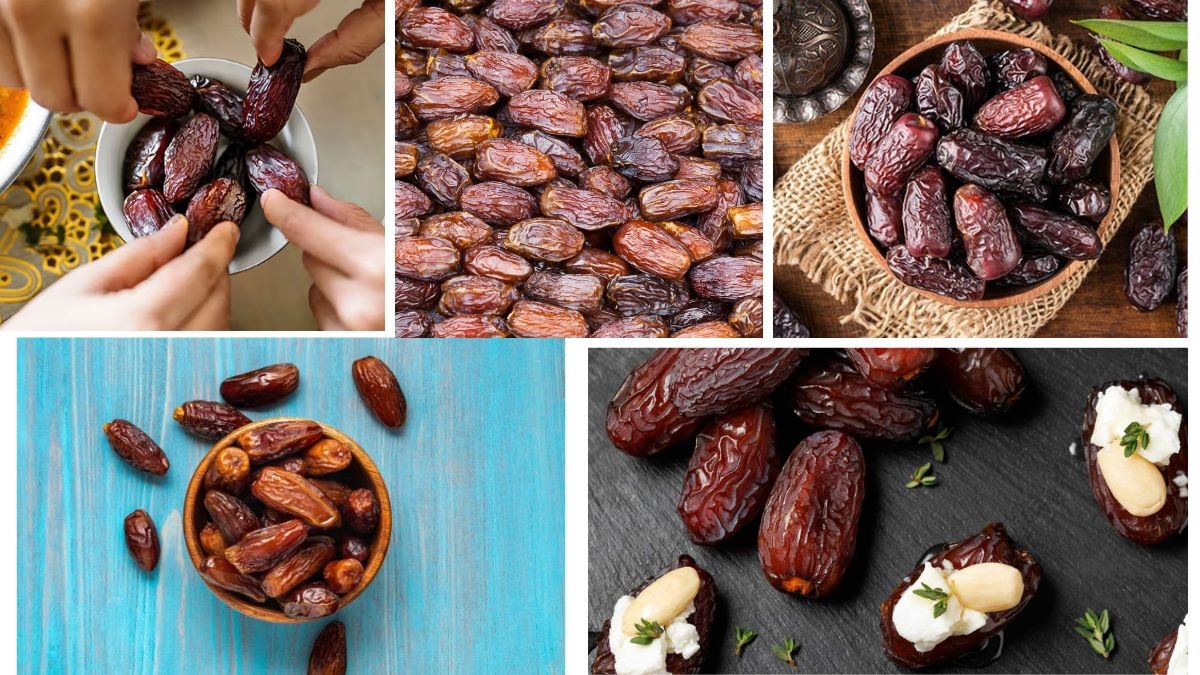



Leave A Comment